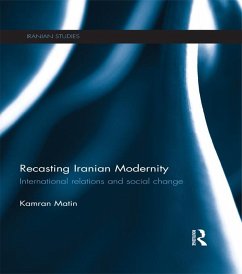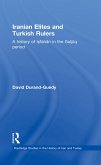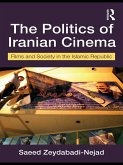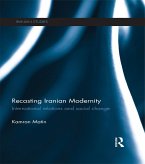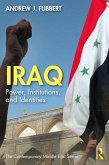This hitherto under-theorized international dimension is, the book argues, manifest in combined patterns of development, which incorporate both foreign and native forms. It is the tension-prone and unstable nature of these hybrid developmental patterns that mark Iranian modernity, and fuelled the socio-political dynamics of the 1979 revolution and the rise of political Islam.
Challenging solely comparative approaches to the Iranian Revolution that explain it away as either a deviation from, or a reaction to, modernity on the grounds of its religious form, this book will be valuable to those interested in an alternative theoretical approach to the Iranian Revolution, modern Iran and political Islam, working in the fields of International Relations, Middle East and Islamic Studies, History, Political Science, Political Sociology, Postcolonialism, and Comparative Politics.
Dieser Download kann aus rechtlichen Gründen nur mit Rechnungsadresse in A, B, BG, CY, CZ, D, DK, EW, E, FIN, F, GR, HR, H, IRL, I, LT, L, LR, M, NL, PL, P, R, S, SLO, SK ausgeliefert werden.

